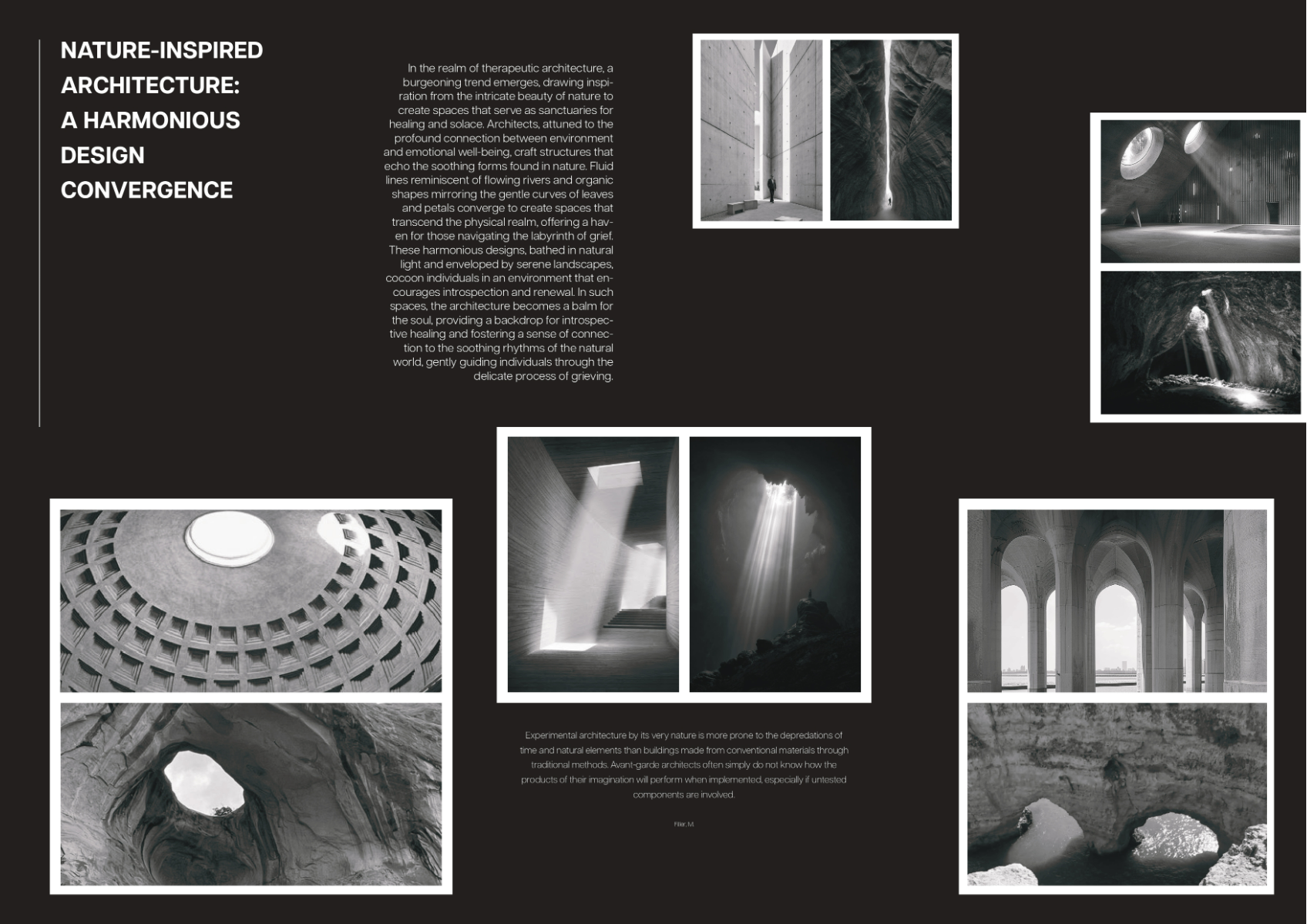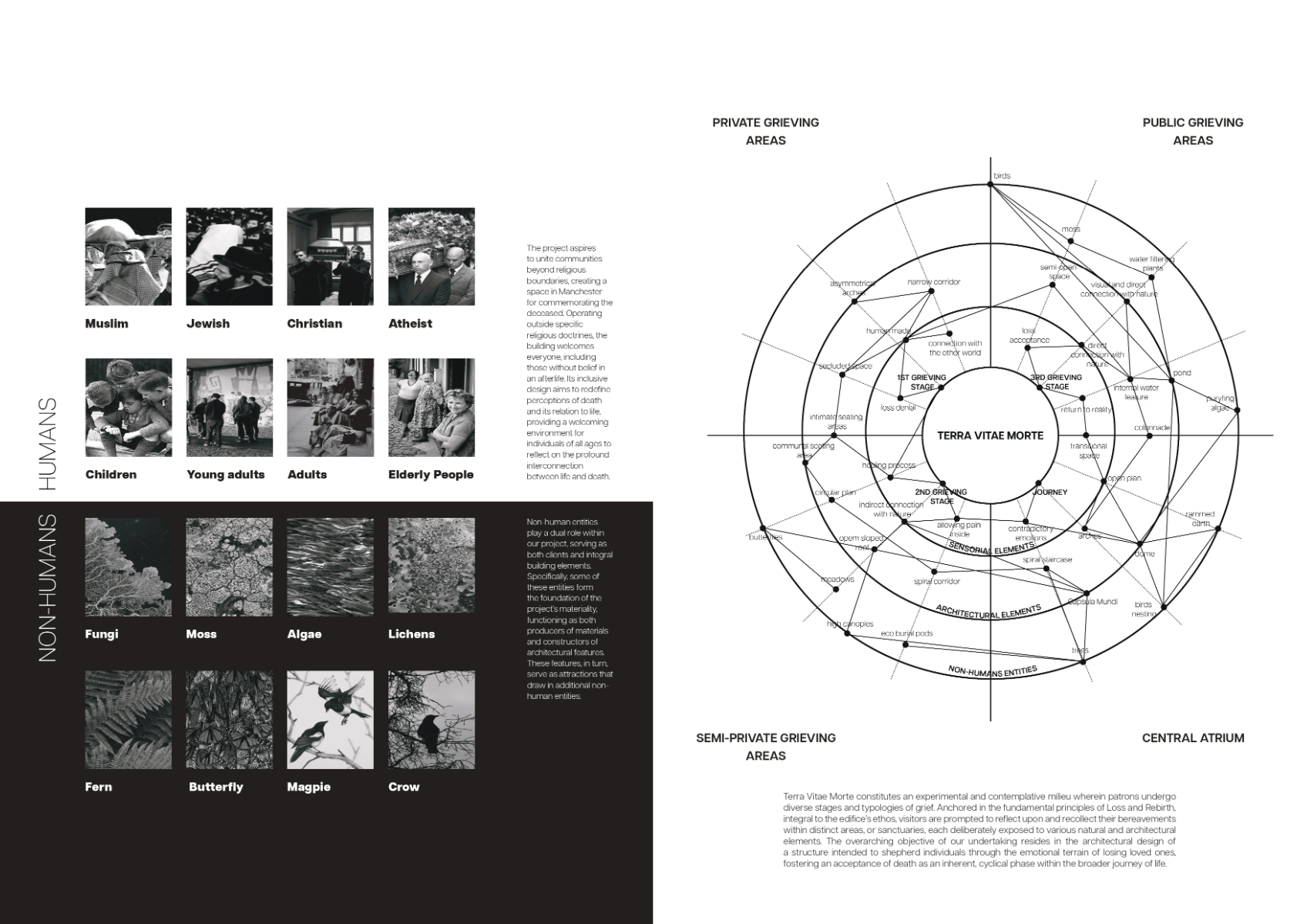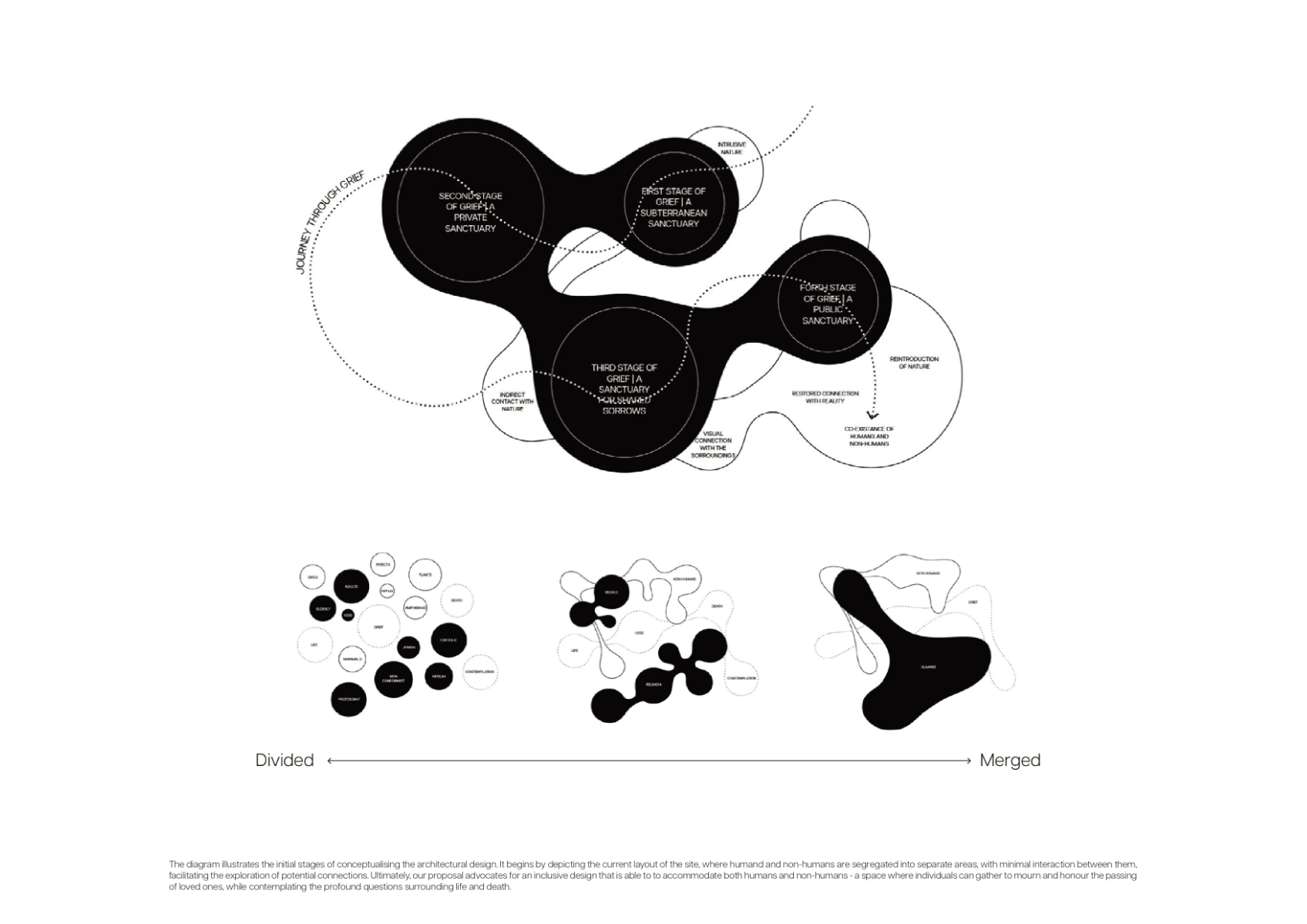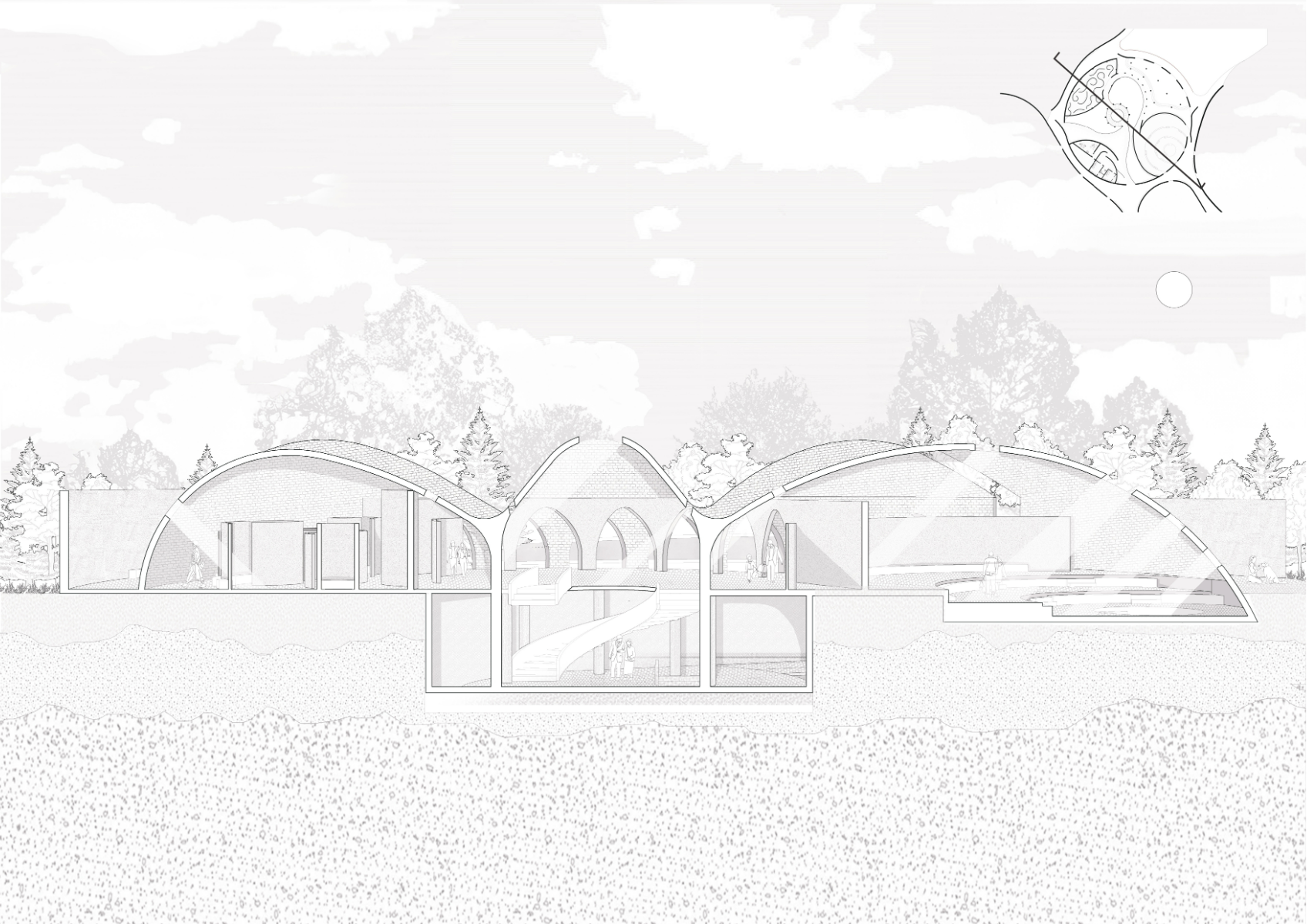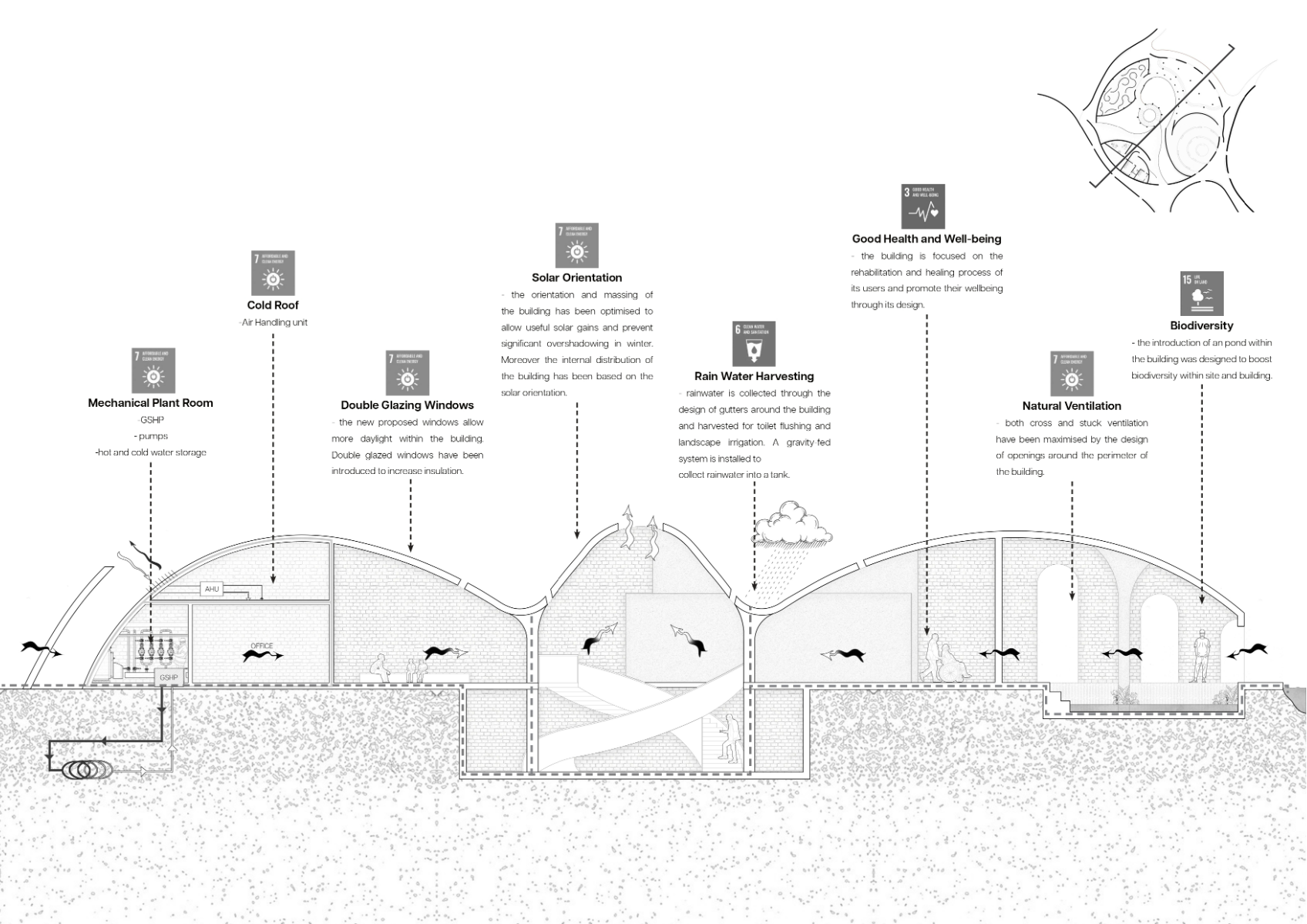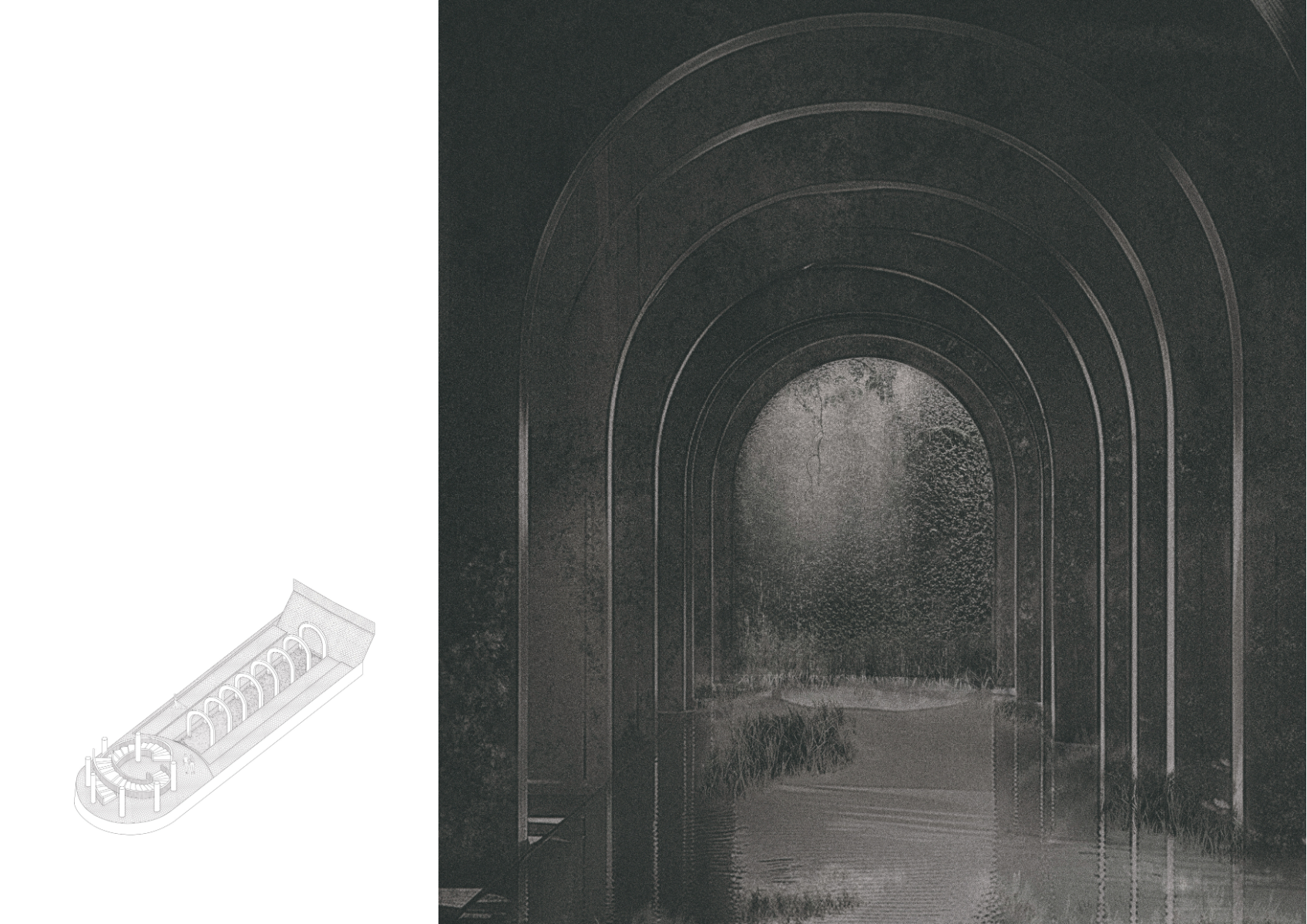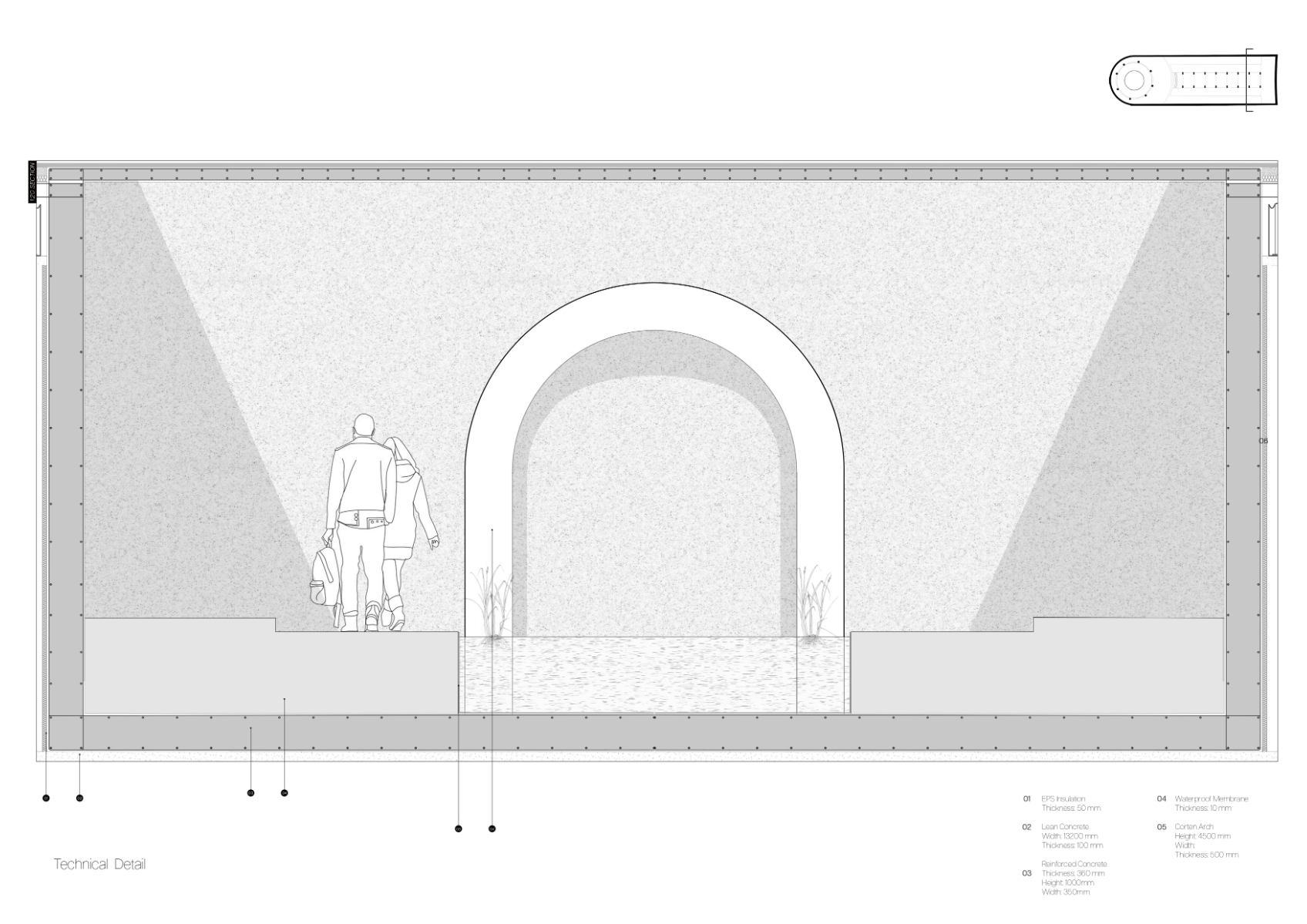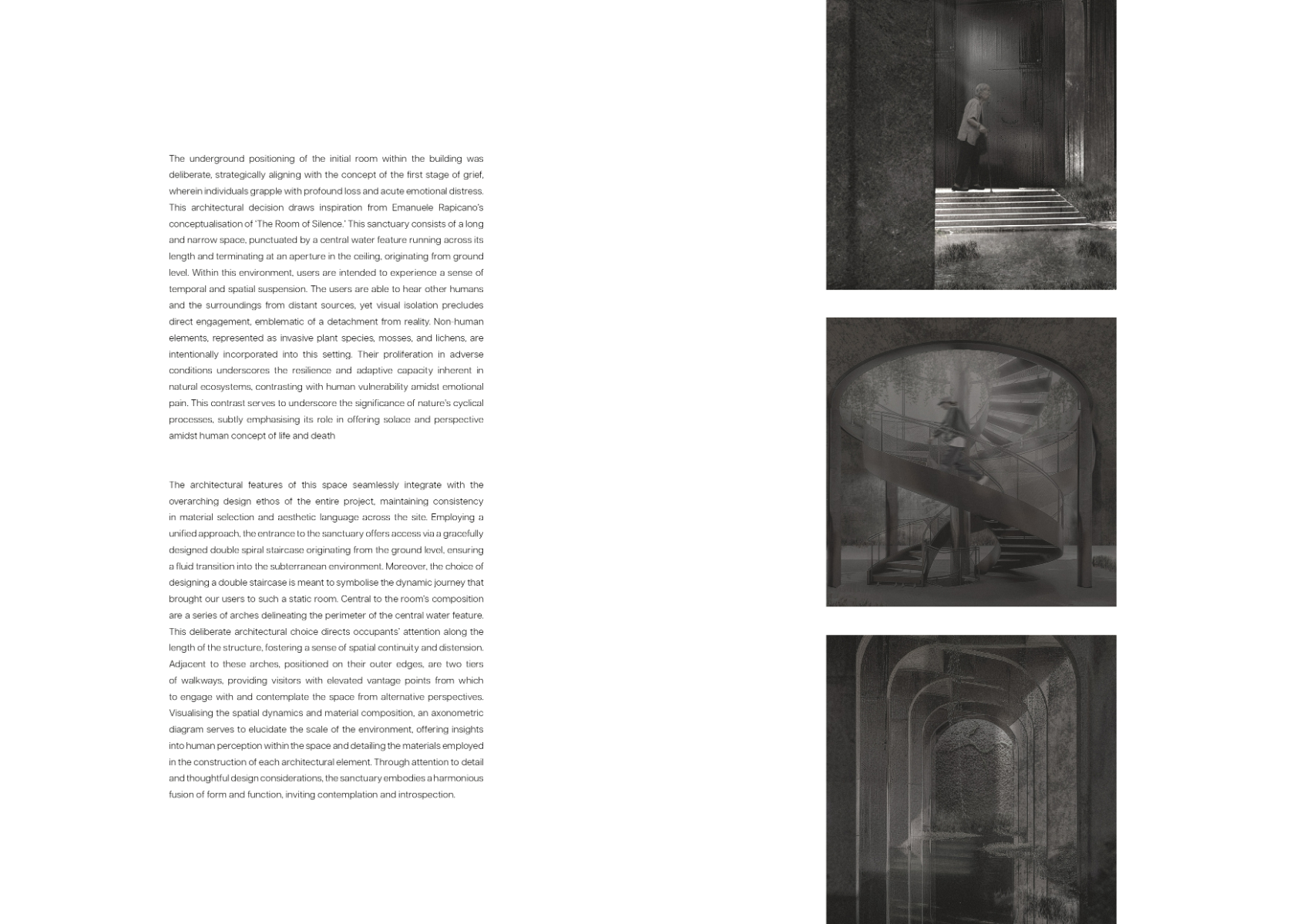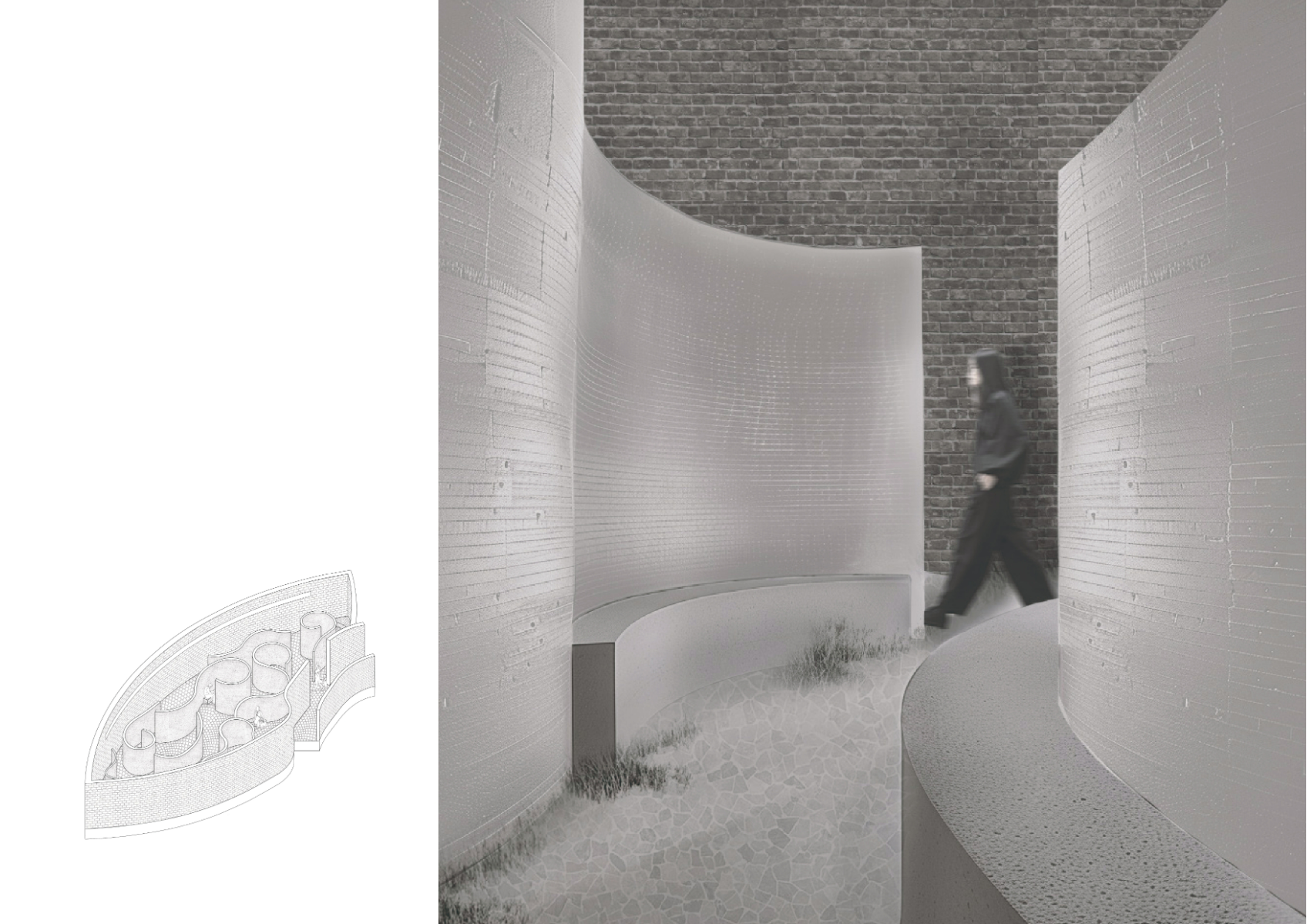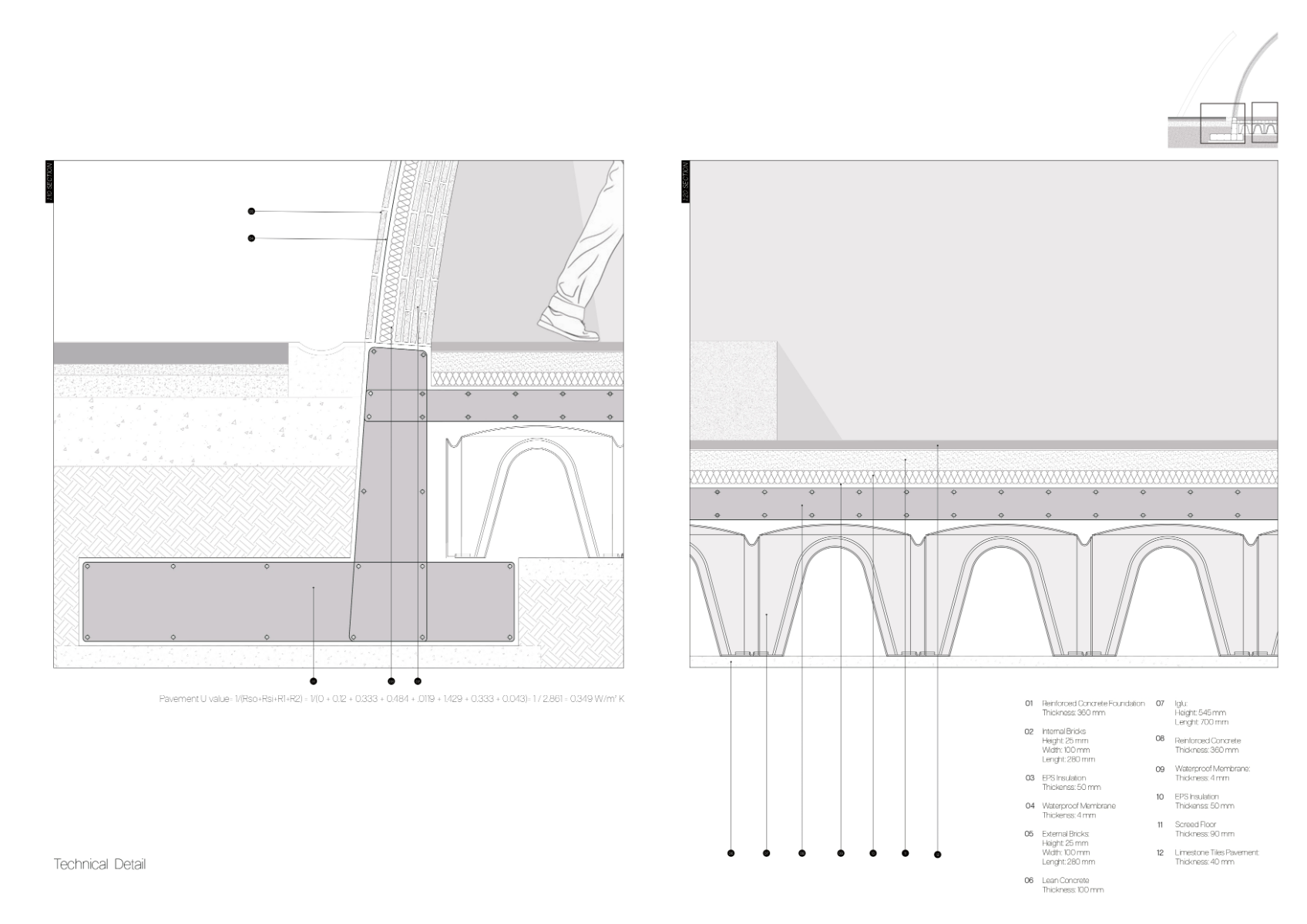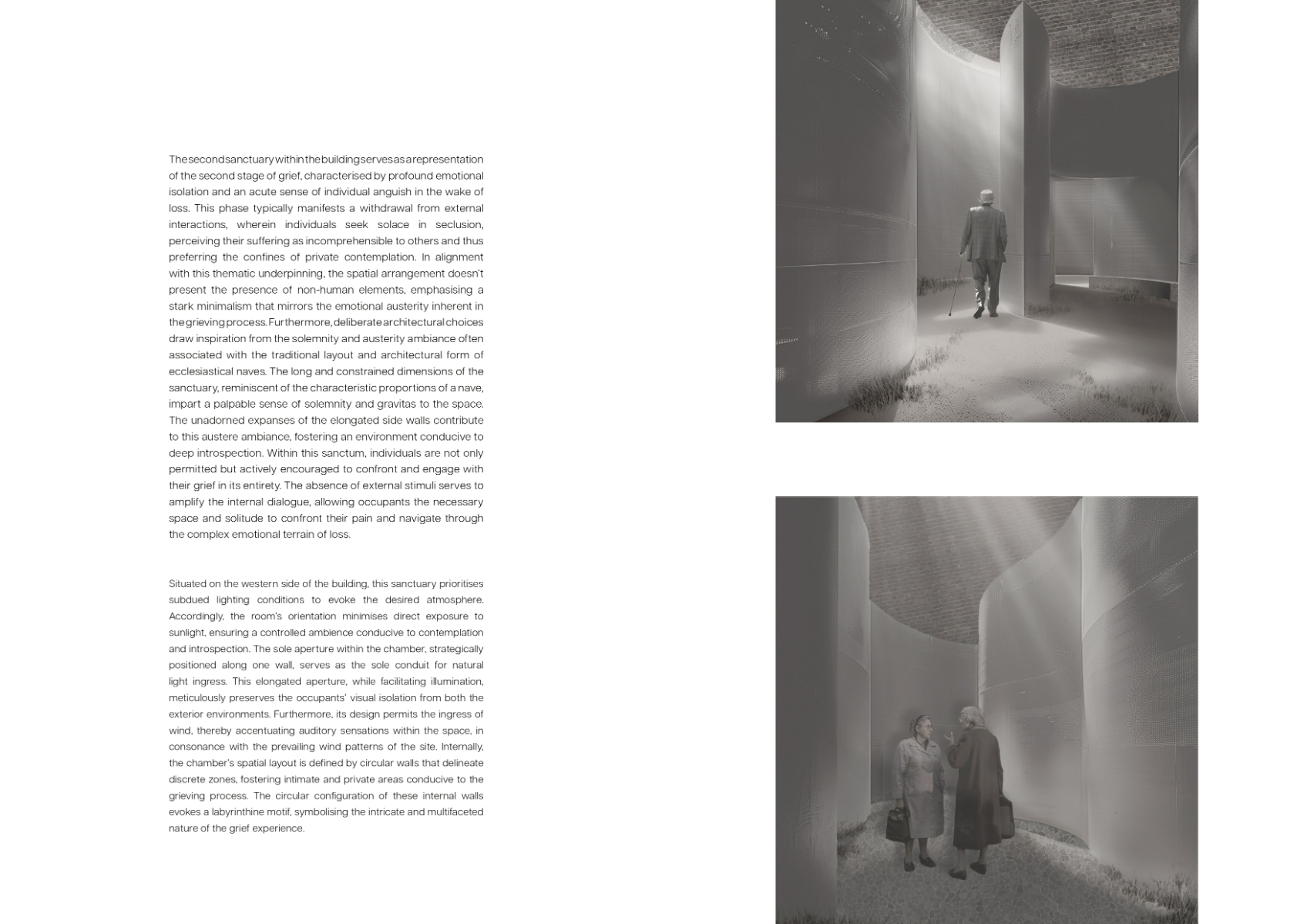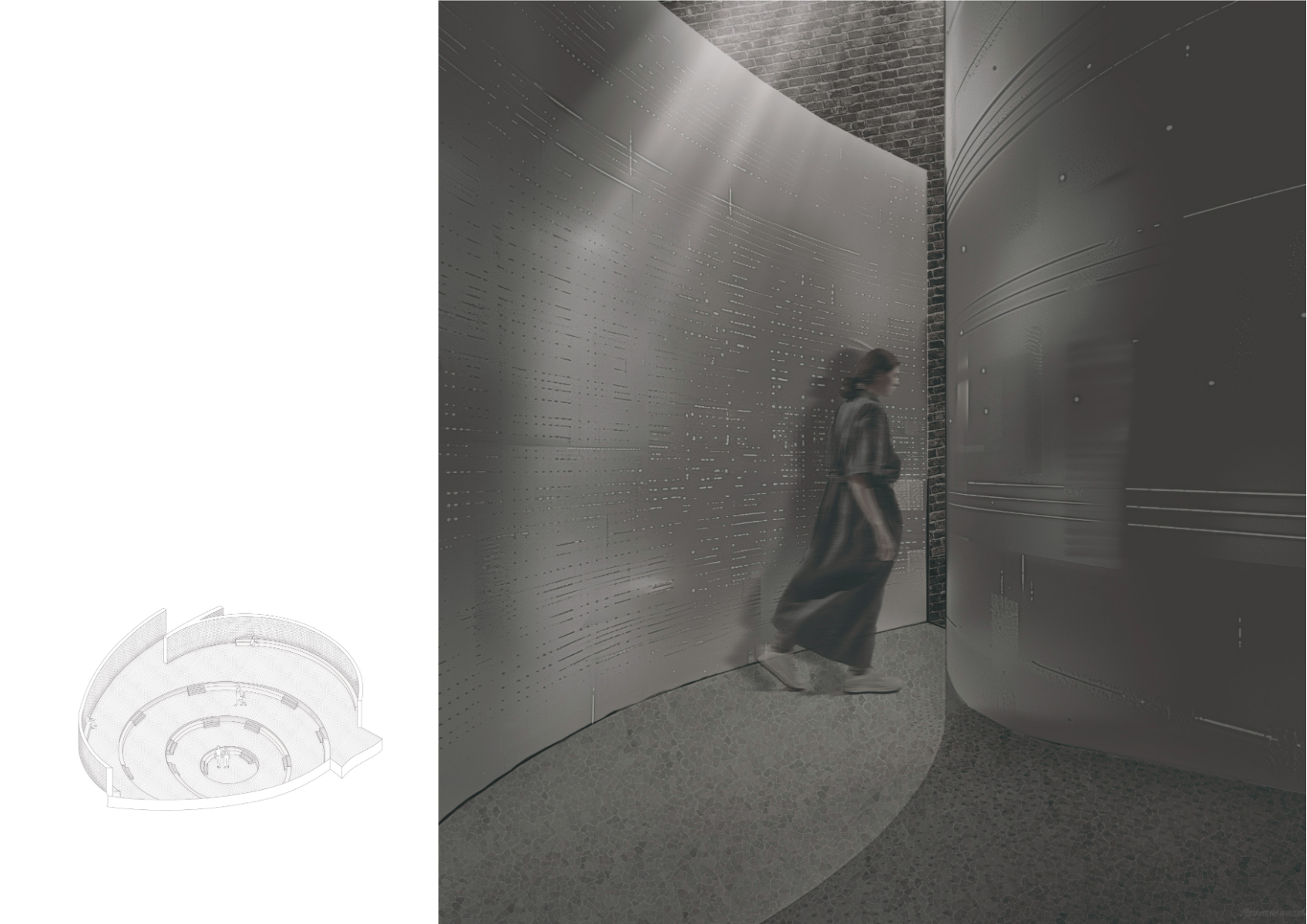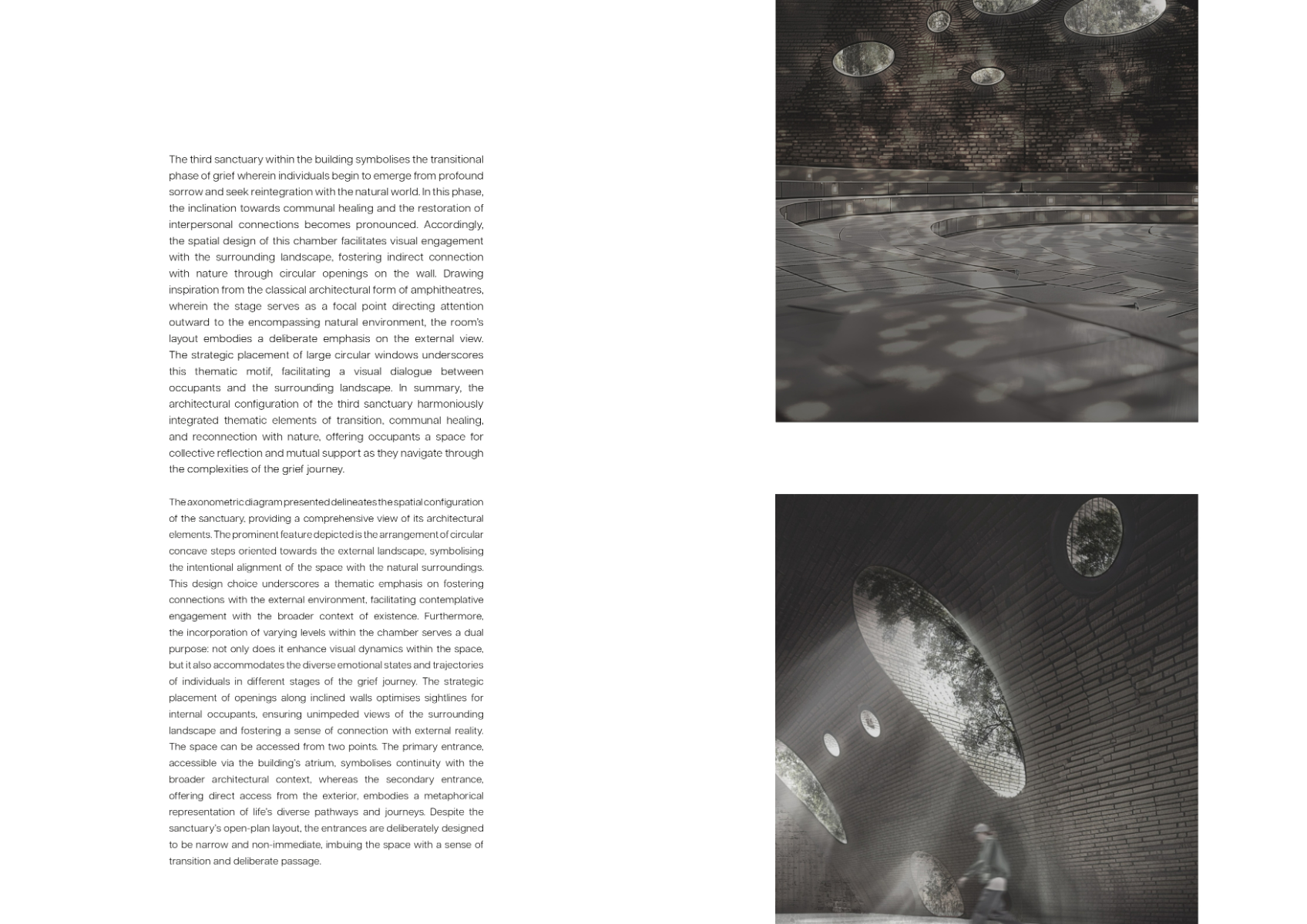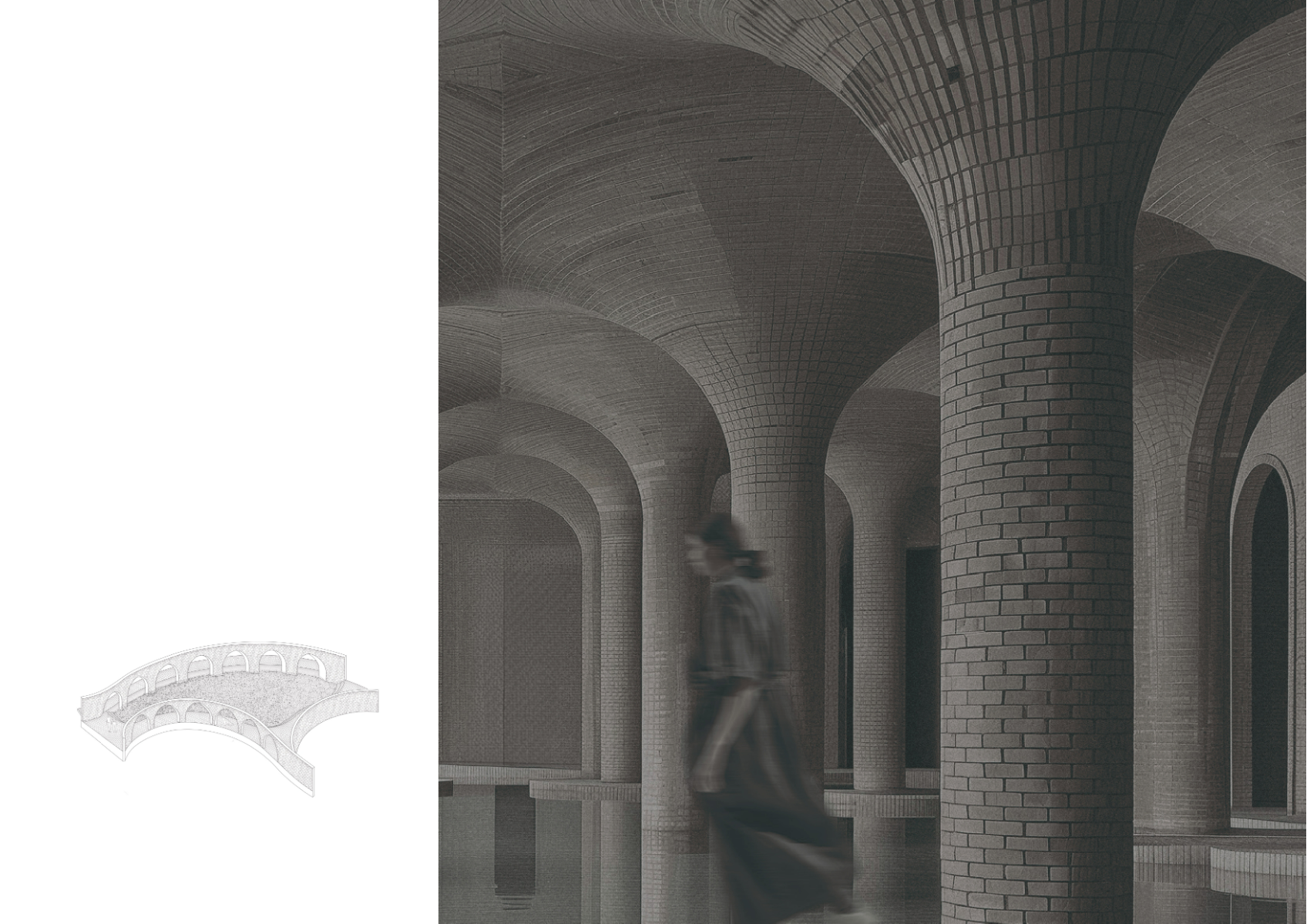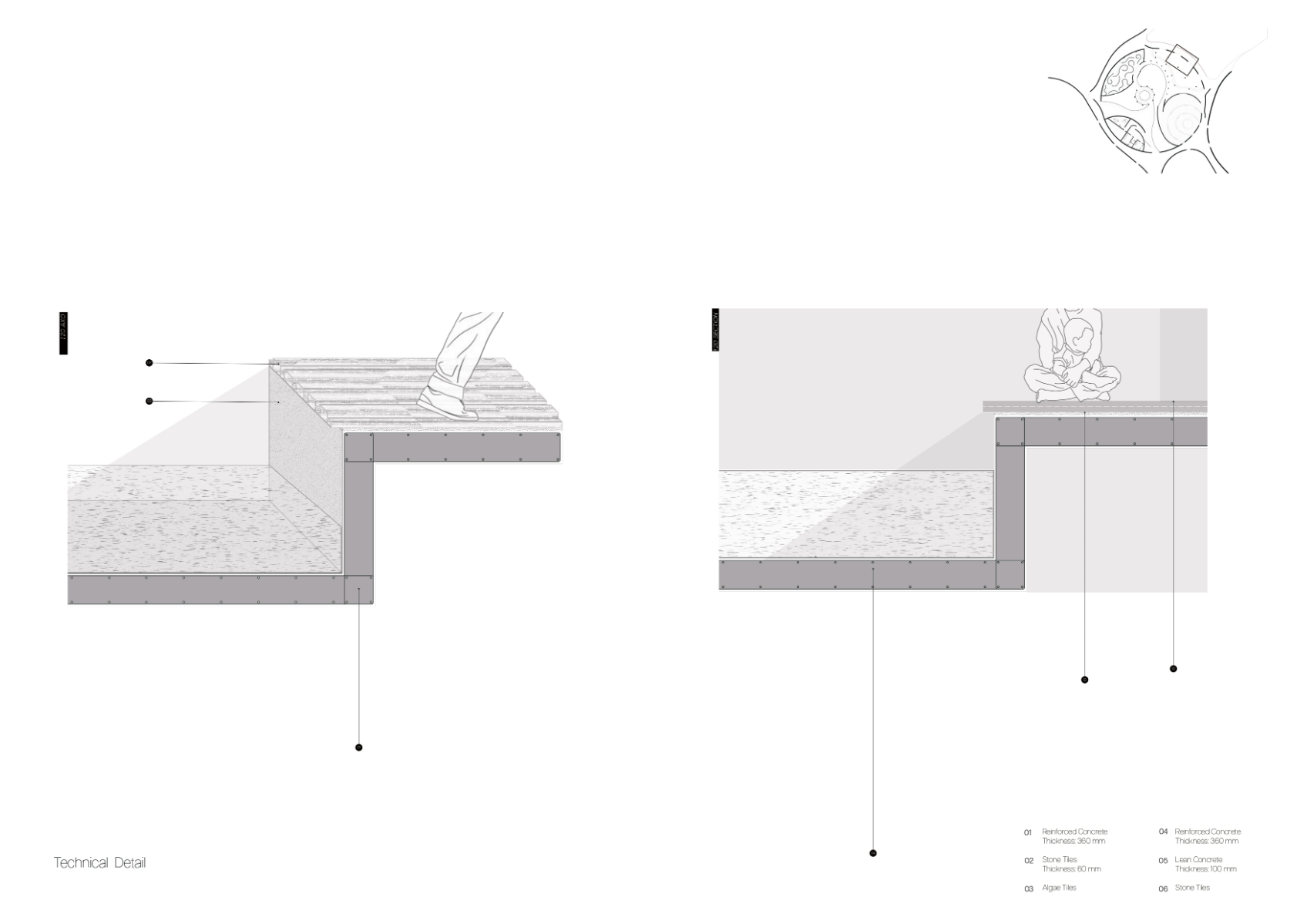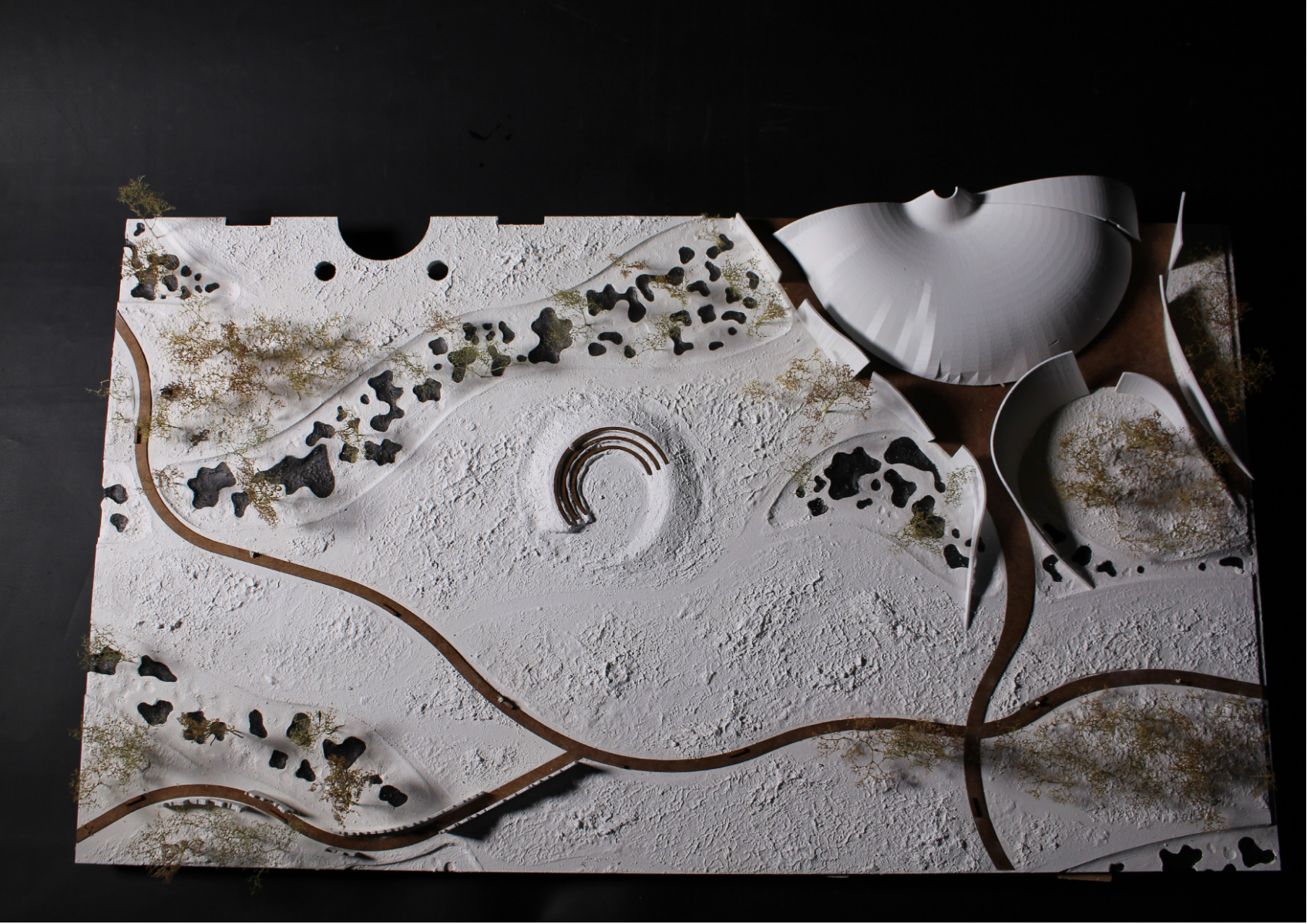Beatrice Tartaglini
Master of architecture
Manchester school of architecture
Graduates: 2024
Specialisms: Architecture / Landscape / Garden Design / Digital Arts
My location: Rome, Italy


Beatrice Tartaglini

First Name: Beatrice
Last Name: Tartaglini
University / College: Manchester school of architecture
Course / Program: Master of architecture
Graduates: 2024
Specialisms: Architecture / Landscape / Garden Design / Digital Arts
My Location: Rome, Italy
About
Terra Vitae Morte is a visionary project designed by Eve Davies, master landscape student and me, addressing the growing burial space crisis in the UK. Set in Manchester's Southern Cemetery, it reimagines the cemetery as a sustainable, inclusive space that serves both the living and the deceased. By blending parkland and memorial areas, the project challenges traditional views of death, proposing a more cyclical and interconnected concept of life and death. Through four sanctuaries representing the stages of grief, nature guides visitors on an emotional healing journey, while the design fosters biodiversity, combats urban sprawl, and offers a forward-thinking approach to cemetery land use.
Competitions


